From the early morning, the flower-growing villages in the communes of Me Linh, Van Khe, Dai Thinh and Tien Phong, in Me Linh District, Hanoi, are bustling with activity. Everywhere, motorbikes and cars are lined up to carry flowers nationwide.
In previous years, the Me Linh District specialized in growing rice and vegetables but it has since become an area of flower cultivation that grows a huge variety of colorful flowers. Everywhere one looks there are daisies, red roses, yellow roses, violets, dahlias, mimosas, gladiolus, heather and carnations. This fertile area provides flowers to many large cities and provinces in the North, such as Hanoi, Nam Dinh, Thai Binh, Hai Duong, and some cities and provinces in the South, such as Ho Chi Minh City, Can Tho and there are even exports to the Chinese market. Inevitably, from 5 or 6 am to mid-afternoon, the Me Linh flower market is always packed with traders, particularly on the days before Tet.
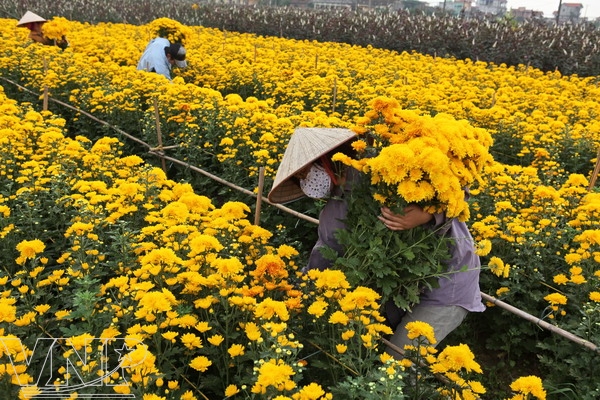
Collecting yellow daisies in Dai Thinh Commune before Tet.
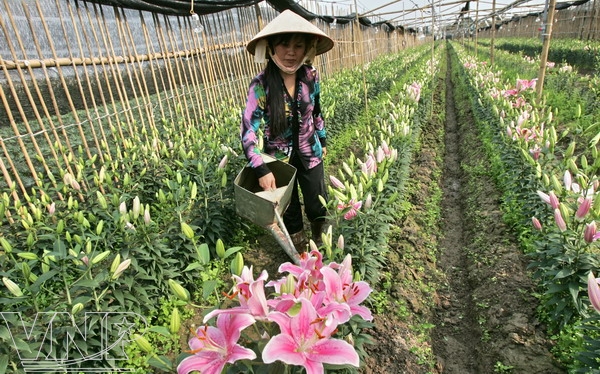
A corner of a lily farm owned by the Nguyen Huy Dong family in Xanh Hamlet, Ha Loi Village, Me Linh Commune.
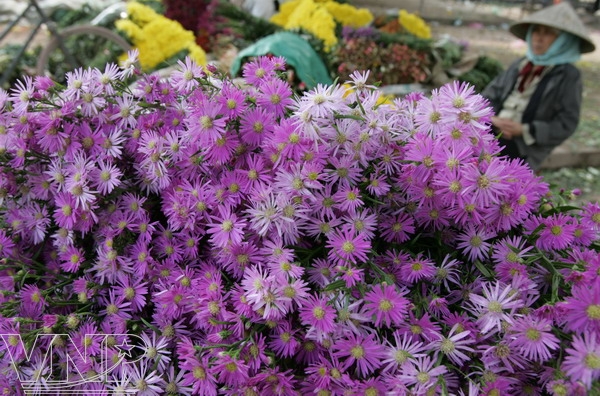

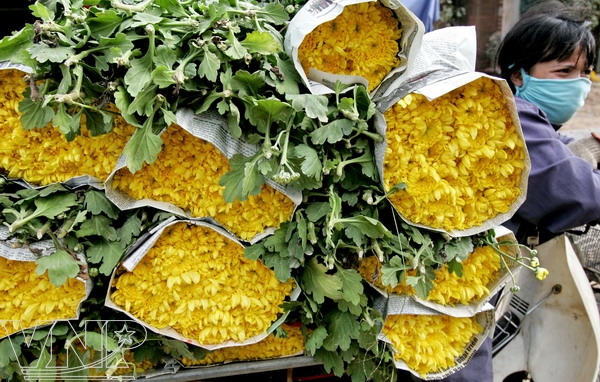
Many varieties of violets, roses and daisies are grown a lot in Me Linh.
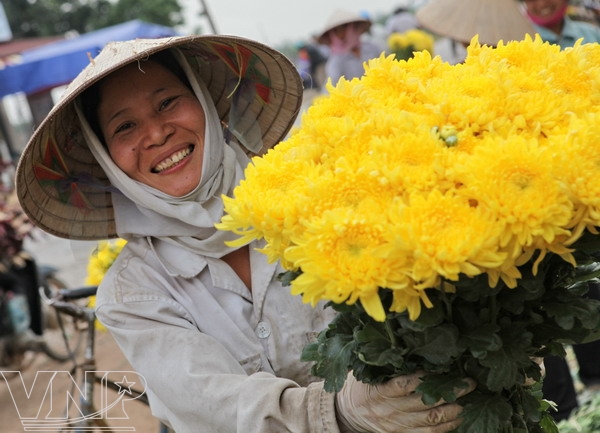
The joy of a flower-growing farmer in a bumper harvest.
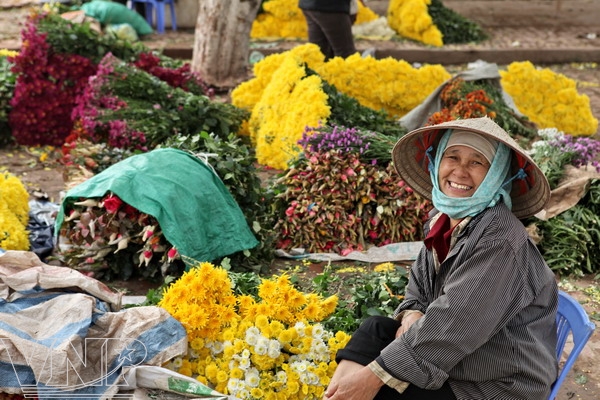
Selling many varieties of flowers at the Me Linh flower market.

Transporting flowers from Me Linh District to sell at other locations nationwide.
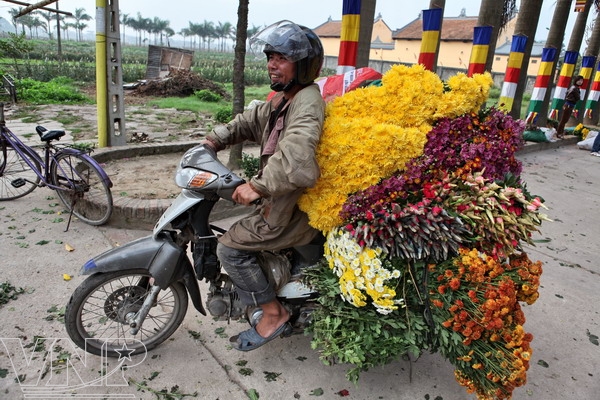
Transporting flowers from Me Linh District to sell at other locations nationwide.
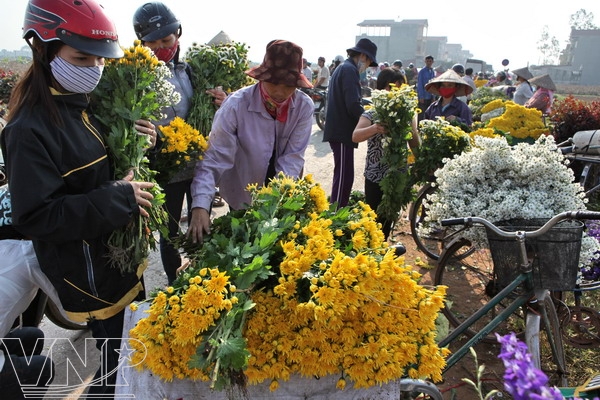
Me Linh flower market is bustling on the days before Tet.
|
At present, the main road leading to the flower-growing villages is being expanded and concreted to make it easier and safer for the cars, trucks and motorbikes to get in and out. According to Duong Van Quang, Head of the Me Linh District Economics Department, the province has an area of 500ha to grow flowers. Under the economic development strategy, which should be in place by 2015, the flower-growing area is expected to increase threefold, with up to 1,500ha. This will do wonders to help turn it into a famous and strategic flower-growing area both at home and abroad. In 2010, the Hanoi Agricultural Expansion Encouragement Centre built a model for growing high-quality roses in alluvial soil in Van Quan Village, Van Khe Commune. Le Viet Do, Chairman of Van Quan Agricultural Service Co-operative, said: “Some farmers in the Co-operative grow some varieties of roses imported from France and the Netherlands, using this model. For over six months a year, these varieties of roses bring economic benefits that are 20-30% higher than those grown in the larger fields.” To prove this, Do took us to the Le Tien Son farm in Van Quan Village. They are one of the families effectively growing roses in the alluvial soil. Son said: “My family grows many varieties of roses in the 1.3ha. This includes using 0.7ha of the alluvial soil. It is not too difficult to grow flowers but the growers must have a thorough grasp of the technique. Despite being grown and tended in the same way, flowers grown in alluvial soil are more beautiful and long-lasting than those in the other fields. In 2010, my family earned over 130 million VND from growing flowers. In the past, I never would have dared to dream of a figure that high.” He added that there are many other farmers who are also earning hundreds of millions of VND from this enterprise.
People in Me Linh District today not only know how to grow flowers but they also have the ability and techniques to increase the many varieties of flowers. Flower-growing helps bring the villagers a stable income, provides jobs for people, creates a beautiful environment and develops tourism.
1a. Harvesting yellow daisies in Dai Thanh Commune in the days before Tet.
Story: Nguyen Tuan Long
Photos: Trong Chinh – An Thanh Dat